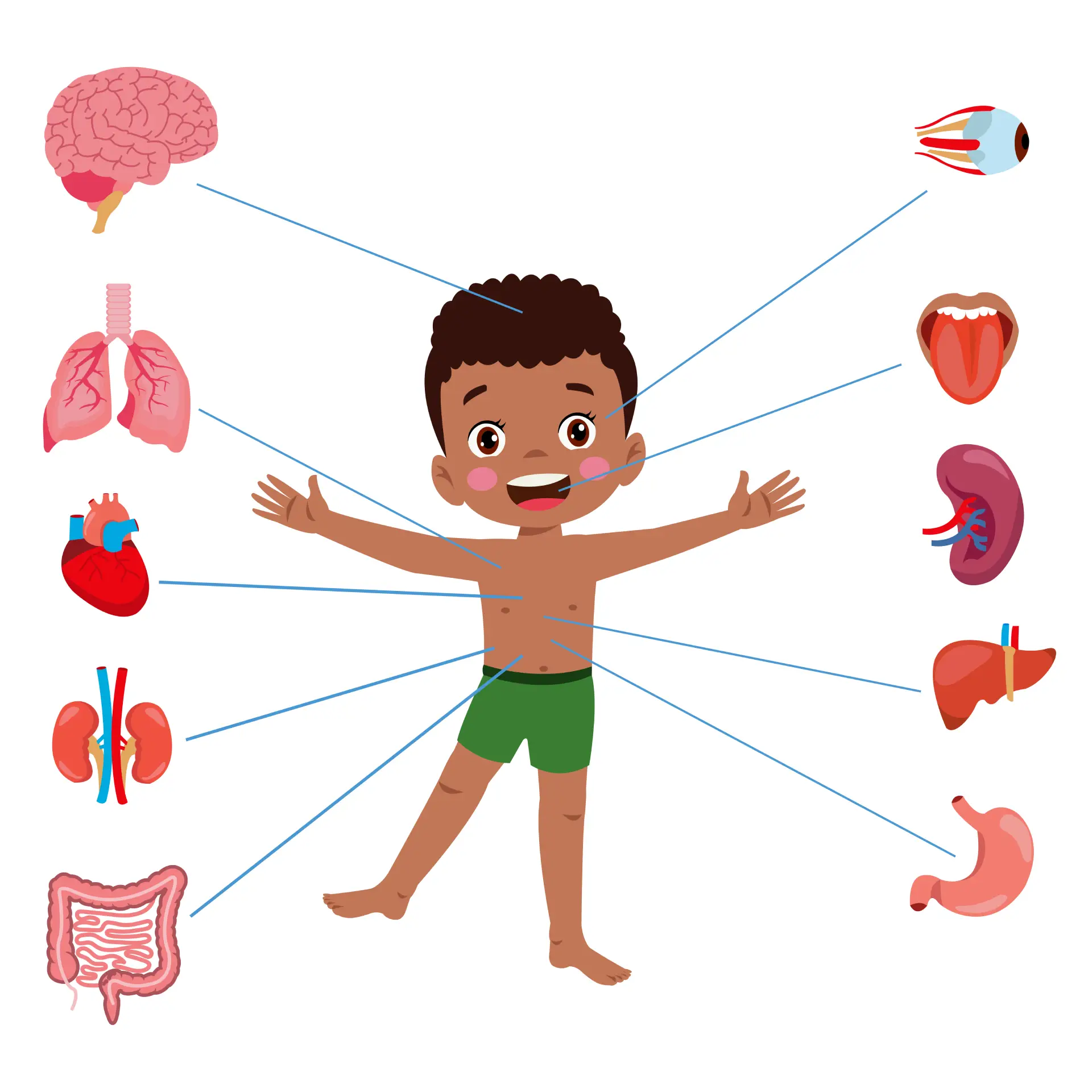
Sciences, arts, function, form… a little bit of each! Let’s be creative and build a tree from various articles from nature. We will study the purpose of each component in this imaginative activity.
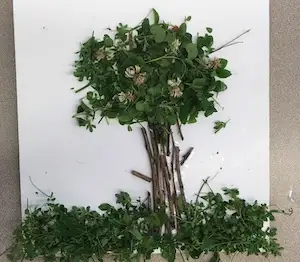
Let’s merge science, art, function, and form, prioritizing originality through the reconstruction of a tree using elements from nature. This imaginative activity explores plant components and the importance of each in plant anatomy, as well as the crucial role of trees in the ecosystem. By using natural materials, let’s delve into plant structures and grasp botanical principles while expressing our creativity. This immersive experience highlights the connection between nature and STEAM disciplines.
What is the relationship between a seed and a plant? Where do the leaves or stems come from? What does a seed or a plant need to grow? Let’s see all this in a long, slow-paced experiment.
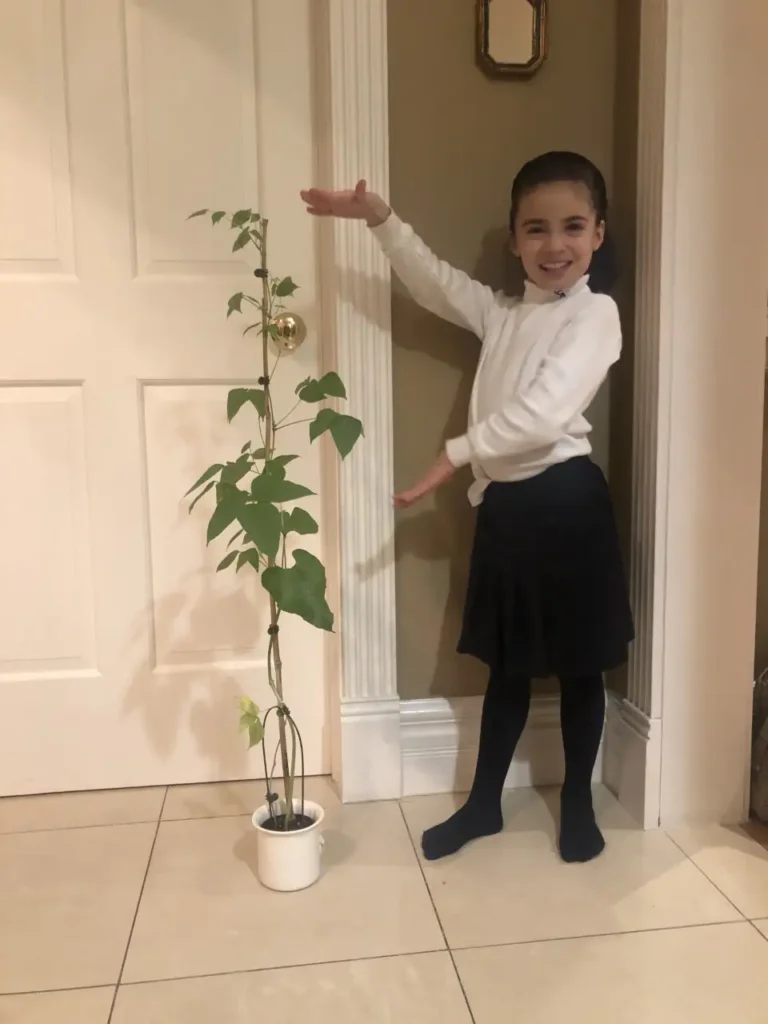
In this long-term experiment, children plant a seed and observe its development into a plant. They discover the origin of leaves and stems while exploring the essential needs of plants for their growth, such as water, air, light, and nutrients. This engaging activity provides a direct understanding of the connection between the seed and the mature plant, sparking curiosity about the plant growth process.
The colours of the leaves are beautiful in the fall; all the red, orange, yellow and other automn shades! But, why aren’t leaves green? Let’s do an experiment to understand.
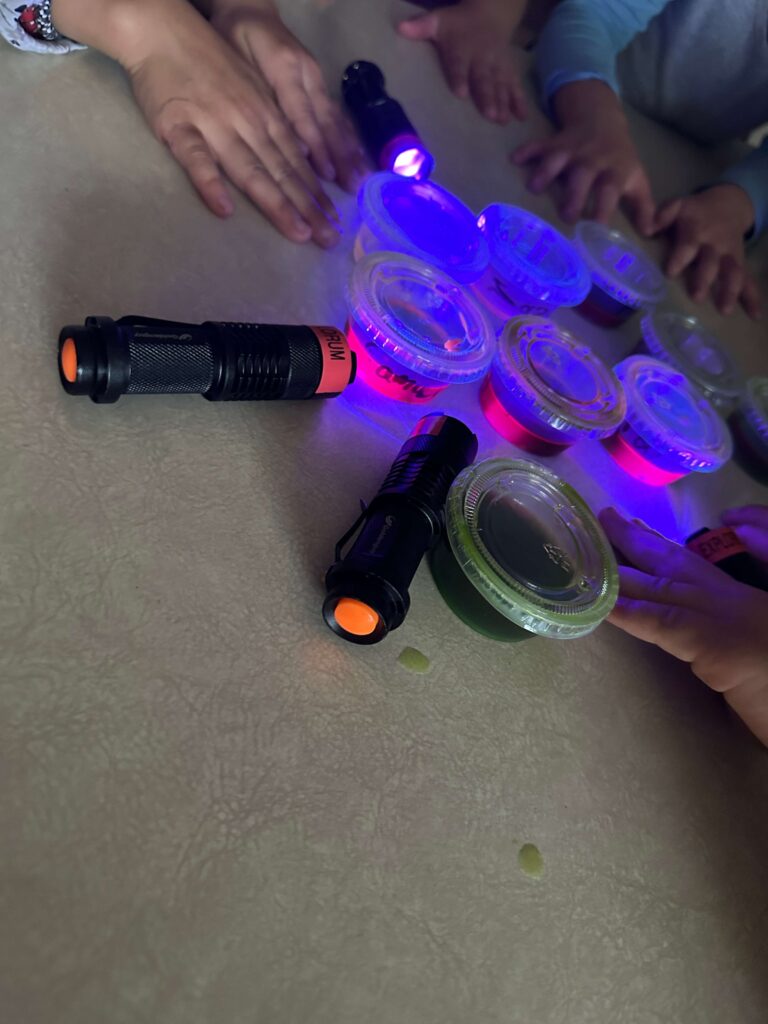
In this autumnal workshop, let’s extract chlorophyll, the vital substance for plants and our ecosystem, from green leaves and compare the chlorophyll content in yellow, orange, and red autumn leaves using UV light to observe the characteristic fluorescence of chlorophyll. Then, let’s compare the solution extracted from green leaves with those from leaves that have changed colour. A fascinating experiment to illustrate seasonal changes in plants and their adaptation to autumn.
The frog is an strange animal; it can live in or out of the water – it is amphibian – and has different looks in its life cylce… Let’s take a closer look in this artistic 3D workshops!

Frogs, those small amphibians that cheerfully croak near ponds in the summer, don’t always look like frogs. They metamorphose! In this artistic workshop, let’s explore the life cycle of the frog by recreating its different stages of development: the egg, the tadpole, and the adult frog. Let’s unleash our creativity to recreate each step of this exceptional animal’s life cycle. While gaining a visual and tactile understanding of the frog’s metamorphosis process, let’s appreciate one of nature’s many wonders.
Butterfly, cocoon, crysaliad, worm… Are these all the same organism? Yes! We will rebuild its life cycle, squiggles and all, in a 3D artistic workshop.
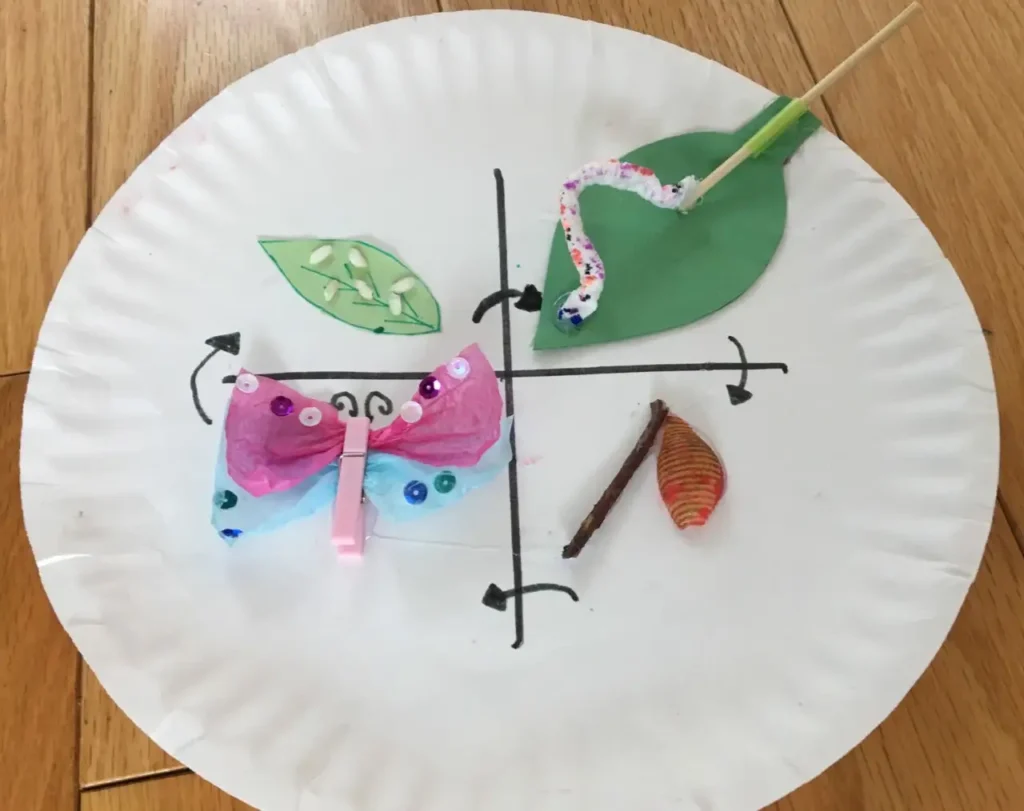
Butterflies, those delicate creatures fluttering through gardens and meadows, undergo an incredible transformation throughout their life cycle. In this artistic workshop, let’s embark on a journey through the stages of the butterfly’s life: from the egg, to the caterpillar, the chrysalis, and finally, the magnificent butterfly. With our creativity as our guide, let’s recreate each stage of this mesmerizing transformation. As we visually and tactilely explore the butterfly’s life cycle, we’ll marvel at the wonders of nature’s remarkable process of metamorphosis.
In my body… a series of exciting workshops dedicated to exploring the human body, specially designed to awaken curiosity and understanding in the fascinating universe of anatomy, bodily systems, and internal functioning of the organism.

What hides in the depths of the seas and the oceans? Who are these nocturnal animals? Let’s explore!
In this exploration workshop, children dive into the depths of the seas and oceans to study the mysteries of underwater life. They use a “magical” flashlight to discover marine creatures they create. They will extrapolate this exercise with other hidden animals in their environment and understand the importance of these behaviors in the survival of these organisms in their ecosystem.
Catastrophe! The oil tanker had an accidental leak: 300,00 litres of crude oil poured near the coast. Both flora and fauna are affected! Let’s observe the consequences of an environmental upheaval.

In this STEAM workshop, children simulate an oil spill in the sea and its impact on birds, then test different detergents to determine the most effective way to clean wildlife and flora after an environmental disaster. By studying the chemical properties of detergents and observing their effectiveness on contaminated surfaces, they explore environmental sciences and enhance their understanding of the importance of preserving marine ecosystems.
Animal trackers recognise animals by their print on the ground. Let’s become trackers today!
Children will explore the world of paw prints left by different animals. By comparing the footprints of ungulate mammals, carnivores, rodents, and more, young explorers will develop an understanding of animals’ needs. The workshop adds a tactile and creative dimension to their wildlife learning; they will have the opportunity to create their own footprint stamps and recreate tracks of their chosen animal, capturing the diversity of marks left by different species. This workshop in French promises an enriching educational and artistic experience for children.
Living things are expert survivors. Whether humans, bacteria, insects or plants, adaptation is what we do best to survive. We will put this theory to the test in a winding experiment.
Living organisms excel at survival. Whether human, microbe, insect, or plant, adapting to the environment is innate. To what extent can a plant alter its course to ensure survival? In this extended experiment, students sow a seed and track its journey to maturity as a plant. They delve into the origins of leaves and stems while investigating the crucial requirements for plant growth, including water, air, light, and nutrients. How robust is the instinct to survive? How much adaptation will the plant undergo to thrive? These questions drive our exploration in this winding experiment.
Fossils are the expression of the past, but nature takes thousands of years to make a fossil. In this experiment, we will speed up time and make fossils in a few minutes – fake ones of course! But we will understand how some of the real ones were formed.

Fossils are the expression of the past, but nature takes thousands of years to create one. Their extraction is also hard and laborious (but also rewarding). In this workshop, we will first excavate fossilized organisms from a “rock” and then speed up time to create fossils in a few minutes – fake ones, of course! These two experiments will give us a better appreciation of the work of paleontologists.
It is so nice to see animals in the zoo or, even better, in the wild, but we can’t go there everyday! Let’s make our own menagerie. Today, a giraffe!
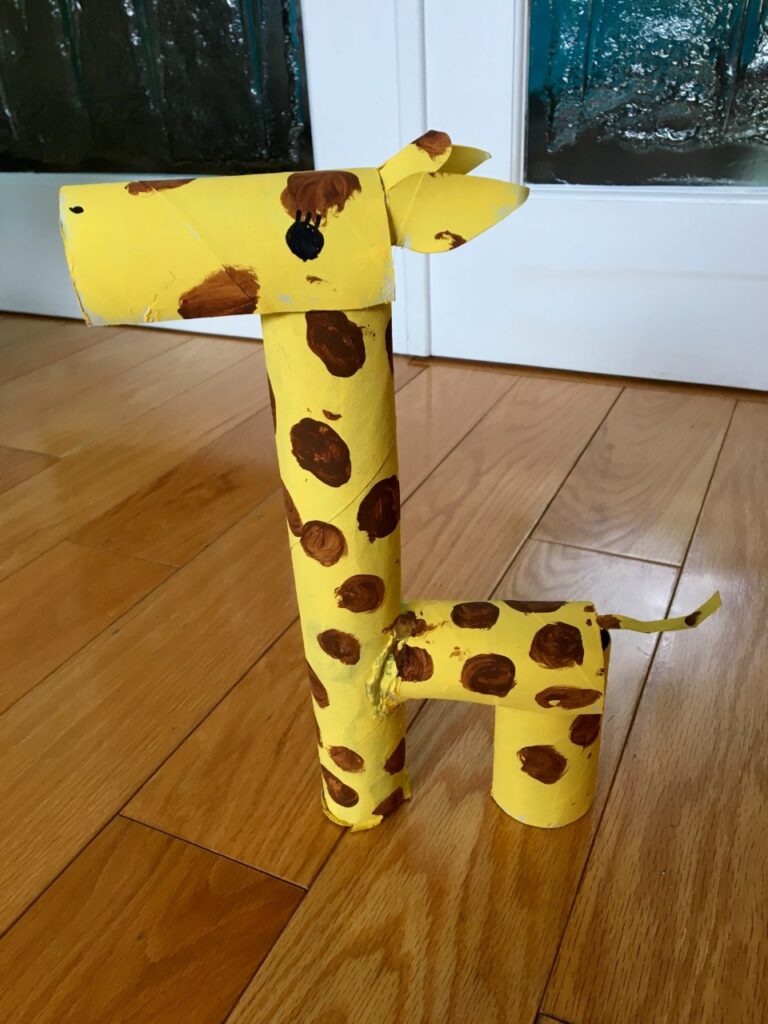
It is so nice to see animals in the zoo or, even better, in the wild, but we can’t go there everyday! Let’s make our own menagerie. Today, a giraffe!
Is it Halloween? No, but we can still make a mask of an animal and understand some of their features…
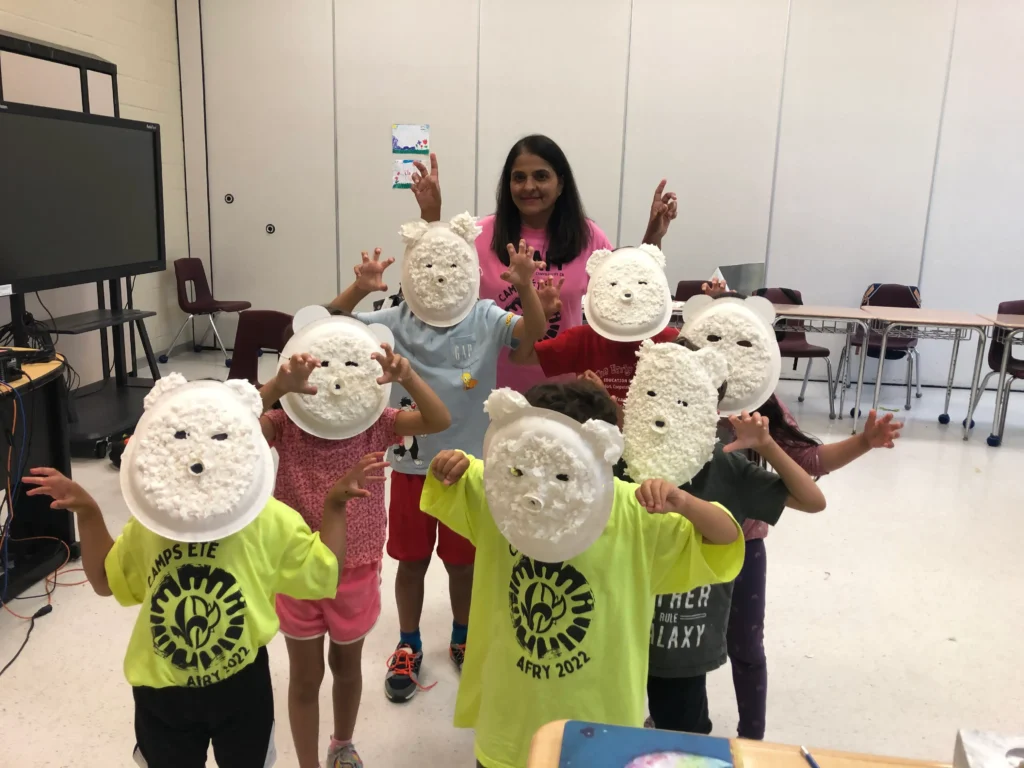
non
Making a piece of art with live plants? It’s not only possible, but also creative! Today, let’s combiine biology and art to make our live masterpiece…
